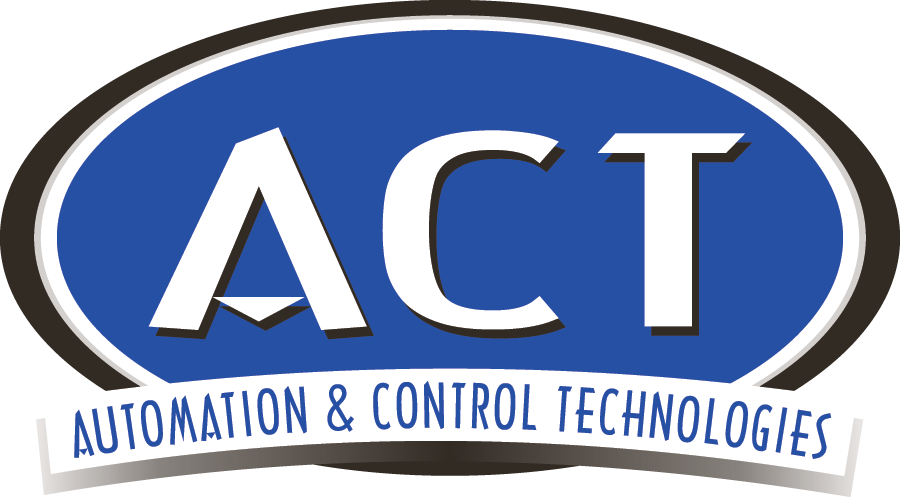
As a manufacturer with critical equipment all over the facility, machine and part failures are inevitable. There are always options to choose from when these failures occur: repair them or replace them with new. Let’s dive into the advantages to repairing your units instead of replacing them.
Cost of Repair vs. Cost of Replacement
As a decision maker, you are always going to need to know the cost of both options in order to make an informed decision. Making the decision to repair is going to on average reduce your cost by 30-40%. In monetary value, that is a huge difference! Most manufacturing facilities look for the route that will save them money down the stretch. Saving money in anyway possible proves useful to facilities with large plants and lots of expensive and critical equipment. Save money where you can!
Obsolete Equipment
Technology is always advancing and that means equipment may become more obsolete as time goes on. In many cases, this factor eliminates your decision between repair and replacement, leaving you only with the option to repair. If your machine is obsolete, parts availability for it may be impossible. Repair houses will be ready and eager to service your parts whether they are new or obsolete! It is important to always know whether your equipment is considered obsolete or not so you know who to reach out to when that failure occurs in order to not waste any time.
What about my Software?
One thing to always keep in mind when replacing equipment is that it will result in a loss of its parameters and software on the original item. This can be a huge inconvenience and pain to reinstall on your replacement unit. When a repair takes place, more times than not when the item is repaired, the parameters and software can remain protected. Not only will the replacement be more expensive, but you will have to do more work afterwards to reinstall your data. It is not uncommon to have unfamiliar wiring and connections on the new piece of equipment as well. Once again, resulting in a bit of a learning curve.
Lead Time
When deciding between a repair or replacement lead time is always a key part. It can also be a little tricky. Lead time can actually benefit both options. On average, a repair will typically take around 14 days to complete and return back to the customer depending on part availability. When getting a replacement it could actually go one of two ways. Either it could be ordered and received in just a few days or if they do not have it on the shelf and need to either manufacture it or locate it elsewhere it could take a few weeks. If you aren’t in a huge rush, you may be able to afford the extra wait. If you are in a hurry, a repair may be your best option, costing less money and keeping your parameters/software intact.
Familiarity
Lastly, it pays dividends to know your equipment inside and out. Sometimes getting new and updated equipment will come with a learning curve and force you to educate yourself on how it operates and functions. It is certainly nice having critical equipment that you know like the back of your hand. In times of crisis where equipment fails or gives minor problems, you may know how to quickly resolve the issue without needing to remain down for very long. Familiarity can save lots of money if you’re able to diagnose the issue quickly because of previous experiences.
REPAIR WINS!
With all of that being said, choosing to repair your critical equipment is the most viable option. It is more cost effective, you keep your own equipment, lead times are fast, and there is no need for the inconvenience of re-installing your parameters and software. Maximizing your production means maximizing revenue!
Let ACT help you achieve this through our wide scope of repair capabilities! We remain at your disposal and your #1 trusted repair source!!

Recent Comments